Every year, hundreds of thousands of people in the U.S. end up in the hospital-not because of an accident or infection, but because of a medication they were prescribed to get better. These are called adverse drug events (ADEs), and they’re one of the most common and preventable causes of patient harm. An ADE isn’t just a side effect. It’s any injury caused by a drug, whether it’s from taking too much, taking the wrong one, mixing it with food or another pill, or even just the body reacting badly to something that should’ve been safe. The good news? Most of these events don’t have to happen.
What Exactly Is an Adverse Drug Event?
An adverse drug event isn’t just a reaction. It’s the full picture: the mistake, the reaction, the overdose, the interaction-all of it. According to the Patient Safety Network, an ADE is harm that happens because of a drug. That means if a nurse gives you the wrong dose, or your doctor prescribes a pill that clashes with your heart medication, or you accidentally take two painkillers at once and end up in the ER-that’s an ADE.
It’s different from an adverse drug reaction, which is just the body’s unexpected response to a correct dose. An ADE includes that-but also all the preventable errors that lead to it. The Institute of Medicine first brought this to light in 2000 with their report To Err is Human, showing that medication errors alone were killing at least 7,000 people a year in U.S. hospitals. Since then, the numbers have only grown. Today, ADEs cause over 1 million emergency room visits and 125,000 hospital admissions annually in the U.S. alone.
The Five Main Types of Adverse Drug Events
Not all ADEs are the same. They fall into five clear categories, each with its own risk factors and patterns.
- Adverse Drug Reactions (ADRs): These are the body’s direct, unintended response to a drug at normal doses. Think rash, dizziness, nausea. About 80% of these are Type A reactions-predictable, dose-related, and often preventable. The other 20% are Type B: rare, unpredictable, and sometimes life-threatening, like anaphylaxis.
- Medication Errors: These happen when something goes wrong in the process. A doctor writes the wrong dose. A pharmacist fills the wrong pill. A nurse gives it at the wrong time. These are preventable by design, not by luck.
- Drug-Drug Interactions: Taking two or more medications that clash. For example, mixing warfarin (a blood thinner) with certain antibiotics can cause dangerous bleeding. These are the most common cause of ADEs in older adults on multiple prescriptions.
- Drug-Food Interactions: Grapefruit juice can make cholesterol meds too strong. Dairy can block antibiotics from being absorbed. Even a simple meal can change how a drug works.
- Overdoses: Whether accidental or intentional, too much of a drug can be deadly. Opioids like fentanyl are the biggest concern here. In 2021, over 70,000 overdose deaths in the U.S. involved synthetic opioids.
Some reactions are slow-burn. Type C ADEs happen over time-like bone loss from long-term steroid use. Type D are delayed, like cancer from chemotherapy years later. Type E occurs when you stop a drug-think rebound high blood pressure after suddenly quitting a beta-blocker.
The Top Three Most Dangerous ADEs
Not all ADEs are equally common or deadly. Three stand out as the biggest threats, backed by federal data and hospital records.
- Anticoagulant Bleeding: Warfarin is the #1 drug causing ADE-related hospitalizations. It’s narrow-too little and you risk a clot, too much and you bleed internally. About 33% of all hospital ADEs come from anticoagulants. One study found that 35% of outpatient INR tests (which check blood thickness) were outside the safe range.
- Insulin-Induced Hypoglycemia: Diabetes patients, especially those over 65, are at high risk. Too much insulin, missed meals, or kidney problems can send blood sugar crashing. That leads to 100,000 emergency visits a year. Many of these are preventable with better education and simpler dosing.
- Opioid Overdoses: Synthetic opioids like fentanyl are responsible for 40% of all medication-related deaths. Even small changes in tolerance-after a hospital stay, for example-can turn a prescribed dose into a fatal one.
These aren’t random. They’re predictable. And they’re preventable.
How to Prevent Adverse Drug Events
Preventing ADEs isn’t about one magic fix. It’s about layers-systems, people, and tools working together.
- Medication Reconciliation: When you’re admitted to the hospital or discharged, your full medication list should be reviewed and corrected. A 2020 study found this cuts post-discharge ADEs by 47%. That means asking: What are you really taking? What was changed? Why?
- Electronic Prescribing (e-Prescribing): Handwritten scripts are a major source of error. E-prescribing reduces mistakes by 48%. It flags interactions, checks allergies, and ensures correct dosing before the prescription even leaves the doctor’s computer.
- Pharmacist Involvement: Pharmacists aren’t just pill dispensers. Medication Therapy Management (MTM) services led by pharmacists find an average of 4.2 medication problems per patient. In VA hospitals, pharmacist-led anticoagulation clinics cut major bleeding by 60% compared to standard care.
- Drug Interaction Tools: Systems like Lexicomp or Micromedex scan your prescriptions in real time and warn of dangerous combos. They catch about 15% of high-risk interactions that doctors miss.
- Patient Education: If you don’t know why you’re taking a pill, or what to avoid, you’re at risk. A Cochrane review showed that clear, simple education improves adherence by 22% and cuts ADEs by 15%.
- Deprescribing: Many older adults take pills they no longer need-anticholinergics, sedatives, even long-term opioids. The Canadian Deprescribing Guidelines show that stopping unnecessary meds prevents 23% of inappropriate prescriptions. The VA’s structured deprescribing program cut anticholinergic ADEs in seniors by 40%.
High-Risk Medications and Specialized Strategies
Some drugs need extra care because they’re powerful, tricky, or have narrow safety margins.
Warfarin requires regular blood tests. But even with testing, errors happen. Newer anticoagulants like apixaban or rivaroxaban don’t need monitoring-but they’re more expensive. The key? Match the drug to the patient. For someone with kidney issues, a different choice might be safer.
Insulin dosing should be personalized. A 70-year-old with dementia needs a different approach than a 30-year-old athlete. Automated insulin delivery systems and simpler regimens (like once-daily basal insulin) reduce hypoglycemia risk.
Opioids should be prescribed only when absolutely necessary. The CDC recommends starting with the lowest effective dose and limiting duration. For chronic pain, non-opioid options like physical therapy or gabapentin are often just as effective-with far less risk.
Even less obvious drugs like vancomycin (an antibiotic) need precision. Texas A&M’s medication service uses pharmacokinetic modeling to adjust doses based on weight, kidney function, and infection type. That cut ADEs by 25% without losing effectiveness.
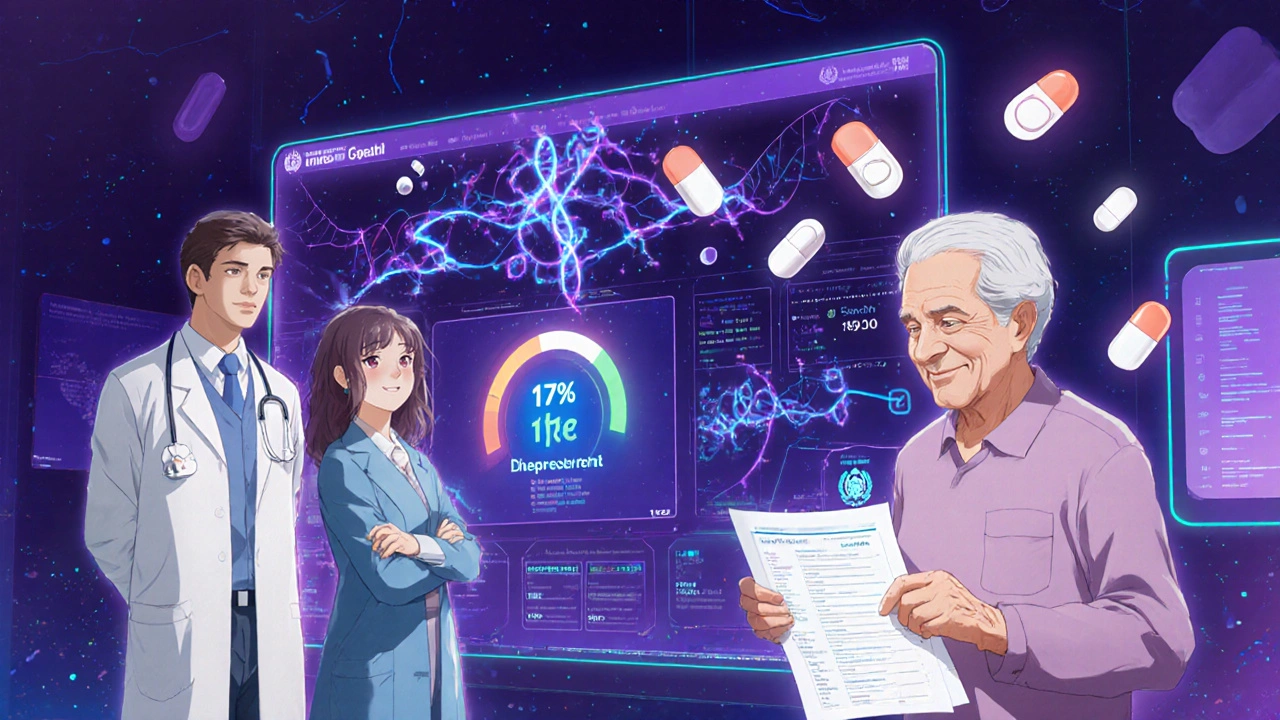
The Role of Technology and the Future of Prevention
Technology is changing how we catch ADEs before they happen.
The FDA’s Sentinel Initiative tracks 190 million patient records to spot emerging drug risks. The 21st Century Cures Act pushed hospitals to adopt electronic health records-89% now have them. But only 45% have smart alerts built in for high-risk meds. That’s a missed opportunity.
Artificial intelligence is next. Johns Hopkins ran a pilot using machine learning to predict ADE risk by analyzing 50+ patient factors-age, lab values, meds, history. The result? A 17% drop in preventable events. These tools don’t replace doctors-they help them see what’s hidden.
Pharmacogenomics-testing your genes to see how you metabolize drugs-is still rare, used in only 5% of cases. But by 2027, it’s expected to reach 30%. Imagine knowing before you even take a drug that you’re a slow metabolizer of clopidogrel (a blood thinner). That could prevent a heart attack or stroke before it happens. The VA already uses this for clopidogrel and cuts related ADEs by 35%.
But technology alone won’t fix this. The biggest barrier? Human habits. Only 15% of primary care doctors regularly screen elderly patients for inappropriate meds, even though guidelines like the Beers Criteria have existed for years. Change needs both tools and training.
What You Can Do Right Now
If you or someone you care for is on multiple medications, here’s what to do:
- Keep a written list of every pill, supplement, and OTC drug you take-including doses and why.
- Bring that list to every doctor’s visit, even if you think they know.
- Ask: “Is this still necessary?” “Could this interact with anything else I take?” “What happens if I stop it?”
- Use one pharmacy for all prescriptions. They can track interactions better than multiple pharmacies.
- Know the signs of an ADE: confusion, dizziness, unusual bruising, nausea, weakness, or sudden changes in mood or energy.
You don’t need to be an expert. You just need to be informed and ask questions.
Why This Matters
Medication is one of the most powerful tools in modern medicine. But like any tool, it can hurt if used carelessly. Adverse drug events aren’t rare accidents. They’re system failures-and they’re fixable. The WHO’s global campaign, Medication Without Harm, showed that with standardized labeling, barcode scanning, and pharmacist involvement, harm can be reduced by 18% in just five years. The goal was 50%. We didn’t get there. But we proved it’s possible.
The future isn’t about eliminating drugs. It’s about using them smarter. With better systems, better tools, and better communication, we can stop hundreds of thousands of preventable injuries every year. The science is there. The data is clear. What’s missing now is the will to act-on every level, from the pharmacy counter to the hospital ward to your own medicine cabinet.
What is the difference between an adverse drug reaction and an adverse drug event?
An adverse drug reaction (ADR) is a harmful response to a drug at a normal dose, like a rash or dizziness. An adverse drug event (ADE) is broader-it includes ADRs but also any harm caused by medication errors, overdoses, or drug interactions. So all ADRs are ADEs, but not all ADEs are ADRs.
Which medications are most likely to cause adverse drug events?
The top three are anticoagulants (like warfarin), diabetes medications (especially insulin), and opioids. Warfarin causes the most hospitalizations due to its narrow safety window. Insulin leads to dangerous low blood sugar, particularly in older adults. Opioids, especially synthetic ones like fentanyl, are responsible for the majority of medication-related deaths.
Can adverse drug events be prevented?
Yes. Studies show that up to 50% of ADEs are preventable. Key strategies include medication reconciliation, electronic prescribing, pharmacist-led reviews, patient education, and deprescribing unnecessary drugs. Tools like drug interaction checkers and pharmacogenomic testing are also reducing risks significantly.
How do drug interactions contribute to adverse drug events?
Drug interactions happen when two or more medications affect each other’s absorption, metabolism, or effect. For example, grapefruit juice can make cholesterol drugs too strong, and certain antibiotics can boost warfarin’s blood-thinning effect, leading to dangerous bleeding. These interactions are often missed during prescribing, which is why automated alerts and pharmacist reviews are critical.
What role do pharmacists play in preventing adverse drug events?
Pharmacists are frontline defenders against ADEs. They review prescriptions for safety, catch interactions, educate patients, and conduct Medication Therapy Management (MTM). In VA hospitals, pharmacist-led anticoagulation clinics reduced major bleeding by 60%. On average, pharmacists identify and resolve 4.2 medication problems per patient during MTM visits.
Is pharmacogenomic testing widely used to prevent ADEs?
Not yet. Currently, only about 5% of patients have pharmacogenomic testing done before starting certain drugs. But it’s growing fast. Testing can show if someone metabolizes a drug too slowly or too quickly, helping doctors choose the right dose. By 2027, adoption is expected to reach 30%, potentially preventing 100,000 ADEs a year.
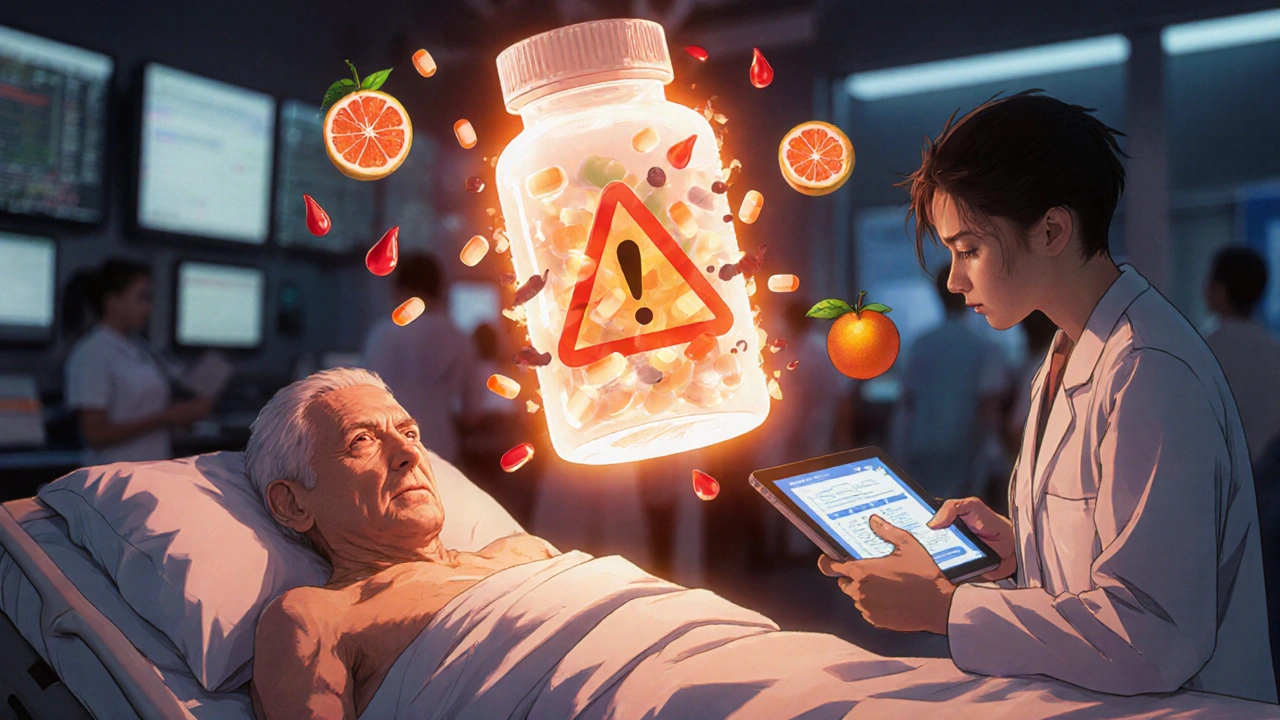
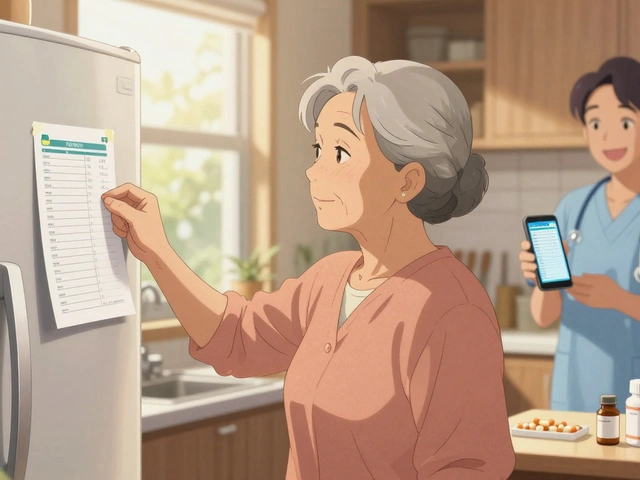
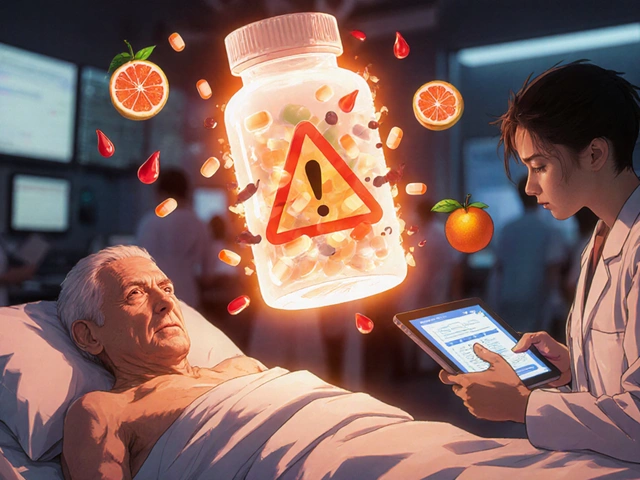
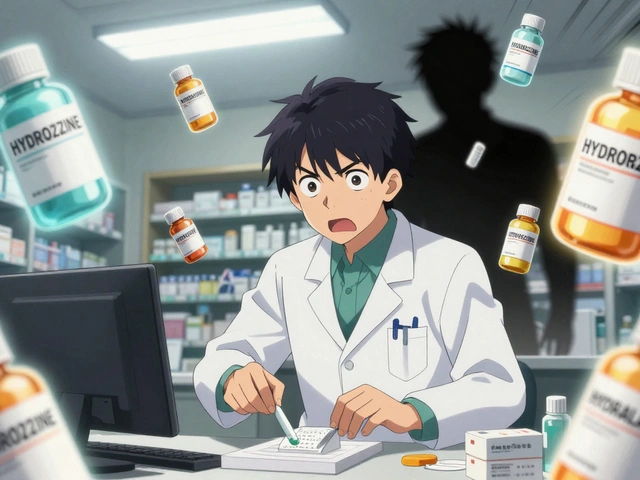
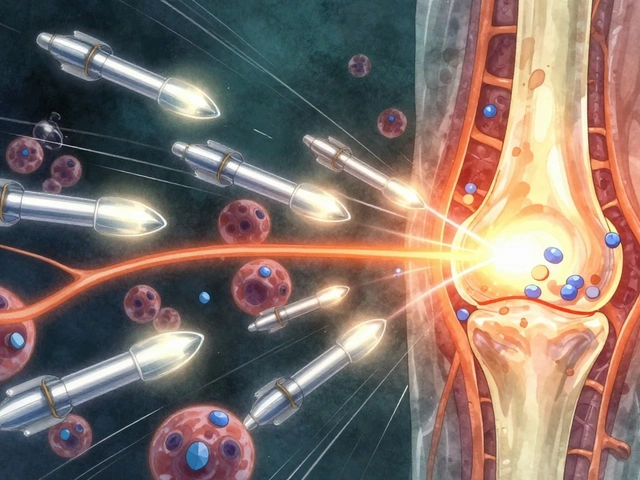

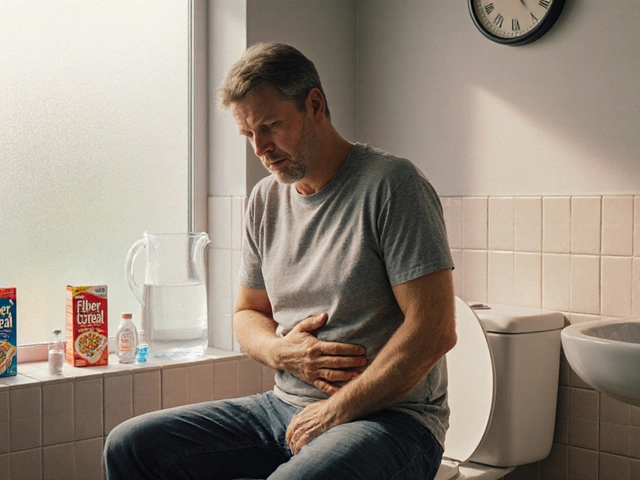

Write a comment
Your email address will be restricted to us